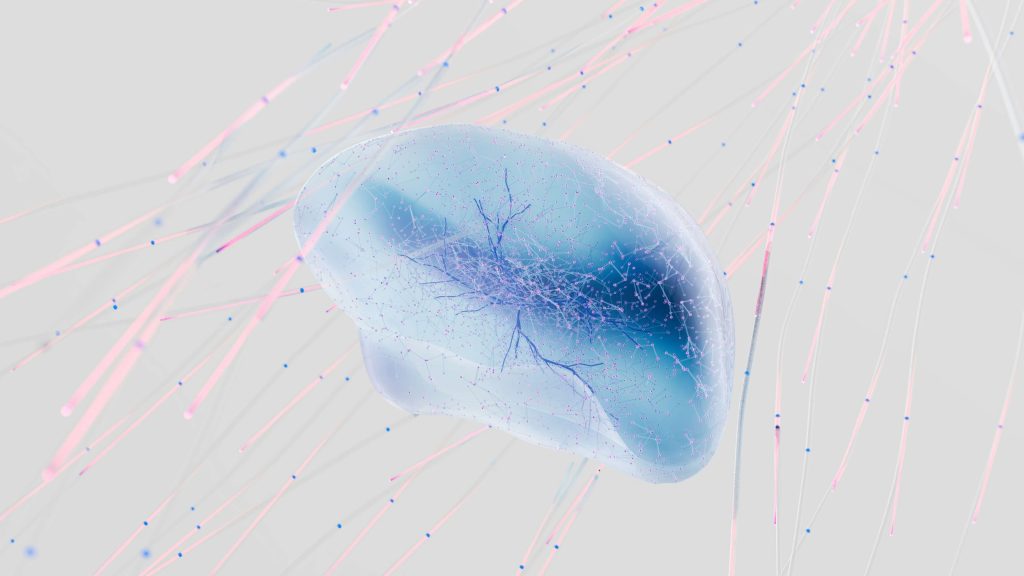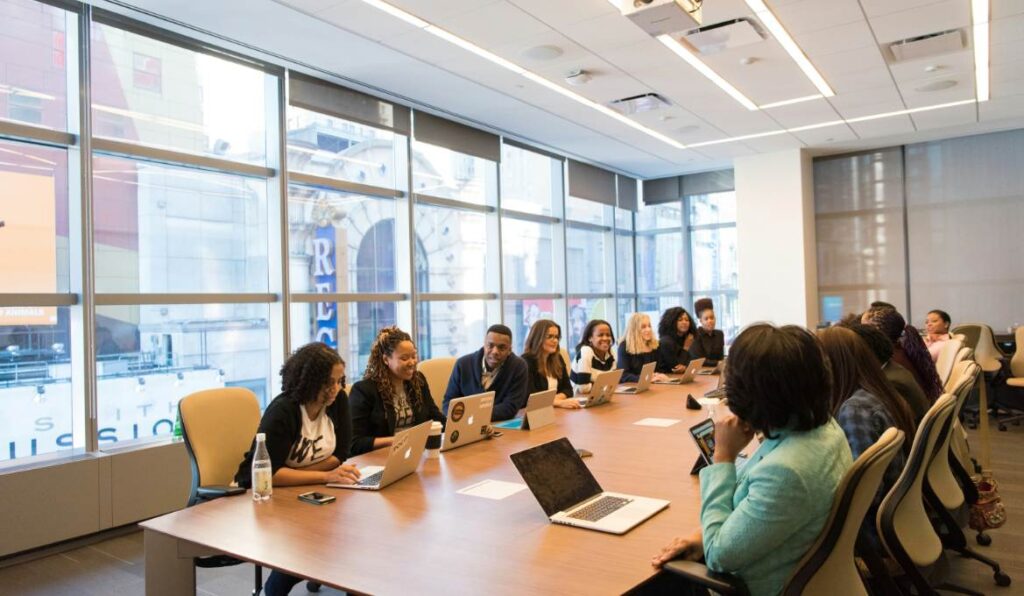Artificial Intelligence (AI) and automation are no longer buzzwords confined to the realms of tech enthusiasts and futurists. Instead, they have become integral components of various industries, transforming processes, driving efficiency, and enabling innovative solutions. This article delves into the latest news and updates surrounding AI and automation, explores the emergence of AI-based decision support systems, and looks at the burgeoning role of AI in digital content creation.
.
**AI and Automation: A Game Changer for Industries**
The adoption of AI and automation technologies is accelerating at an unprecedented pace. A report by McKinsey indicates that up to 70% of organizations worldwide are actively exploring the integration of AI into their operations. This trend is attributed to AI’s ability to enhance productivity, improve precision, and foster better decision-making processes.
.
Industries, such as manufacturing, healthcare, finance, and retail, are leveraging automation to streamline workflows and reduce operational costs. For example, in the manufacturing sector, robotics and AI-powered machines can now perform repetitive tasks with remarkable accuracy, allowing human workers to focus on more complex and strategic responsibilities. According to a study by Deloitte, cognitive technologies such as AI are projected to have a $15.7 trillion contribution to the global economy by 2030.
.
**AI-Based Decision Support Systems: The Smart Choice for Businesses**
One of the most exciting developments in AI is the rise of AI-based decision support systems (DSS). These sophisticated tools analyze vast amounts of data in real-time, helping organizations make informed decisions based on actionable insights. Unlike traditional decision-making processes that rely on intuition or limited data, AI-powered systems utilize machine learning algorithms to identify patterns and trends that humans might overlook.
.
For instance, AI-based DSS in healthcare can process patient data, medical history, and current health conditions to assist doctors in diagnosing diseases more accurately and recommending personalized treatment plans. The Massachusetts Institute of Technology (MIT) has reported that decision-support systems can improve diagnostic accuracy by up to 20%, ultimately leading to better patient outcomes and reduced healthcare costs.
.
Moreover, in the finance sector, companies are using AI to predict market trends, analyze risk factors, and assess investment opportunities. These systems can evaluate real-time market data and historical trends far beyond human capacity, enabling financial analysts to make proactive strategic decisions. According to a report by Accenture, AI-enhanced financial decision-making is expected to increase revenues by up to 38% by 2025.
.
**AI in Digital Content Creation: Redefining Creativity**
The digital content creation landscape is witnessing a paradigm shift driven by AI and automation. Content marketers and creators are increasingly adopting AI-based tools to enhance their workflows and generate high-quality content in less time. From writing articles and generating visuals to creating music and designing graphics, AI is unlocking new avenues for creativity.
.
One prominent example is the use of natural language processing (NLP) algorithms in content generation. Tools like OpenAI’s GPT-3 allow users to input prompts and receive coherent and contextually relevant text in seconds. This capability not only speeds up the content creation process but also enables businesses to maintain a consistent output, essential for engaging digital audiences.
.
In addition, AI-powered design tools like Canva and Adobe’s Sensei can automate mundane processes, such as resizing images or matching color palettes, freeing creators to focus on the artistic aspects of their work. A study by Forrester indicates that companies that adopt AI technologies to augment creativity can see productivity increase by up to 45%.
.
Moreover, the ability of AI to analyze viewer behavior and preferences enables creators to tailor their content to specific audiences more effectively. By leveraging machine learning algorithms, platforms like YouTube and Spotify provide personalized recommendations based on user habits, enhancing user engagement and satisfaction.
.
**Challenges and Considerations**
Despite the impressive capabilities of AI and automation technologies, several challenges remain. Concerns surrounding data privacy, ethical AI use, and job displacement due to automation cannot be overlooked. Organizations must be vigilant in establishing guidelines and cultivating a culture of responsibility when implementing AI solutions.
.
Moreover, while AI can enhance decision-making, it is crucial to remember that human oversight is still essential. Enterprises should ensure that AI-based decision support systems complement human judgment rather than entirely replace it. This synergy between human intuition and AI’s analytical prowess can lead to optimal outcomes across various sectors.
.
**The Road Ahead: Future Trends and Solutions**
As industries continue to navigate the evolving landscape of AI and automation, several trends and solutions are poised to shape the future. For instance, the convergence of AI with other cutting-edge technologies, such as the Internet of Things (IoT), is driving innovation across sectors. Smart devices equipped with AI can collect and analyze data in real-time, leading to enhanced automation of processes and improved operational efficiencies.
.
Further, the integration of AI and automation into cybersecurity is becoming increasingly important. With cyber threats evolving, AI algorithms are being deployed to detect anomalies and potential vulnerabilities in systems, providing organizations with early warnings and proactive responses.
.
The education sector is also embracing AI and automation, utilizing adaptive learning platforms to personalize the learning experience for students. These platforms can analyze individual performance and tailor content and assessments to meet each student’s unique needs, ultimately fostering a more equitable educational environment.
.
Lastly, as ethical considerations become central to the conversation surrounding AI and automation, organizations will be encouraged to develop transparent frameworks that prioritize inclusivity and fairness. As the world becomes more interconnected, the need for responsible AI practices will only grow.
.
**Conclusion**
AI and automation are undeniably ushering in a new era across multiple industries, providing innovative solutions, enhancing productivity, and redefining creativity in digital content creation. As organizations navigate this transformative journey, the focus must remain on balancing technological advancement with ethical responsibility. By leveraging AI-based decision support systems and embracing the evolving landscape of digital content creation, enterprises can prepare for a future where AI not only augments human capabilities but enhances overall performance.
.
For further insights and case studies on AI and automation applications across industries, consider referring to reputable sources such as McKinsey & Company, Gartner, The World Economic Forum, and industry-specific reports from organizations like Deloitte and Accenture.
**In summary, the intersection of AI, automation, and human creativity represents a promising frontier that holds the potential to revolutionize how we work, create, and engage with the world around us.**





















